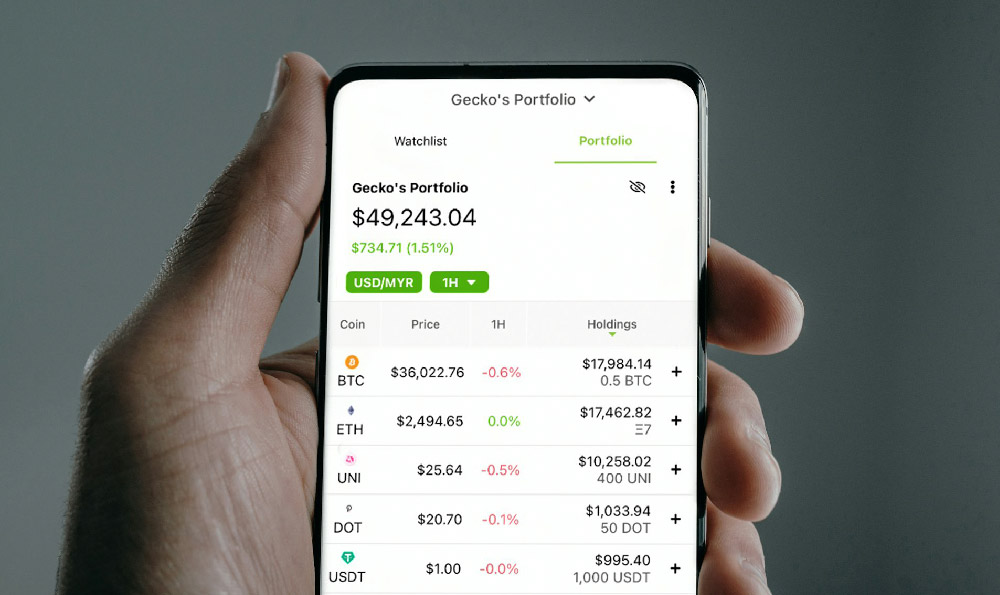Let's delve into the financial intricacies of "Stranger Things," examining its revenue generation and evaluating whether its success justifies its significant investment. Estimating the precise earnings of a show like "Stranger Things" involves navigating a complex landscape of revenue streams, accounting methods, and non-disclosed figures. Unlike a theatrical movie release with transparent box office numbers, a streaming show's success is measured through subscriptions, viewership data, licensing deals, and merchandise sales, many of which are closely guarded by Netflix.
One of the primary ways "Stranger Things" generates revenue for Netflix is through attracting and retaining subscribers. The show's immense popularity has undoubtedly driven a substantial increase in Netflix subscriptions globally. New viewers sign up specifically to watch "Stranger Things," and existing subscribers are less likely to cancel their subscriptions if they're eagerly anticipating the next season. This "stickiness" is invaluable for Netflix, as a consistent subscriber base fuels its revenue projections and allows for continued investment in original content.
Direct viewership numbers, while not publicly released in detail, provide further clues. Netflix uses various metrics like "hours viewed" within the first 28 days of release to gauge a show's performance. "Stranger Things" consistently ranks among the platform's most-watched titles, suggesting a high level of engagement and a considerable contribution to overall subscriber activity. These high viewership numbers translate directly into perceived value for subscribers, justifying their monthly fees and indirectly contributing to revenue.

Beyond subscriptions, "Stranger Things" generates income through licensing and merchandising. The show's iconic imagery, characters, and catchphrases are highly marketable. Netflix licenses these elements to various companies for use on clothing, toys, video games, and other merchandise. These licensing deals provide a substantial source of revenue, capitalizing on the show's cultural impact and brand recognition. The sheer volume of "Stranger Things" merchandise available globally testifies to the financial success of these licensing partnerships.
Another potential avenue for revenue generation is international sales and distribution agreements. While Netflix operates globally, it may enter into specific licensing agreements with local broadcasters or streaming services in certain territories. These agreements allow Netflix to further monetize the show's content and expand its reach beyond its direct subscriber base. The specifics of these deals are typically confidential, but they undoubtedly contribute to the overall revenue picture.
Estimating the precise dollar amount earned by "Stranger Things" is challenging due to the lack of transparency surrounding Netflix's financial reporting. However, based on subscriber growth, viewership data, licensing deals, and potential international sales, it's reasonable to estimate that the show has generated billions of dollars in revenue for Netflix over its multiple seasons. This estimate encompasses the direct and indirect contributions to subscriber revenue, the licensing income from merchandise and other partnerships, and any revenue generated through international distribution agreements.
Now, let's consider whether the investment in "Stranger Things" was worth it. Production costs for the show are significant, particularly in later seasons. Factors contributing to the high cost include the star-studded cast, elaborate visual effects, period-accurate set designs, and extensive location shooting. Reports suggest that the per-episode budget for recent seasons has been substantial, placing "Stranger Things" among the most expensive television shows ever produced.
Beyond production costs, Netflix incurs marketing and promotional expenses associated with "Stranger Things." The company invests heavily in advertising campaigns, social media promotion, premiere events, and other initiatives to generate buzz and drive viewership. These marketing efforts are crucial for maximizing the show's reach and ensuring a strong return on investment.
Despite the high production and marketing costs, the success of "Stranger Things" strongly suggests that the investment was indeed worthwhile for Netflix. The show has become a cultural phenomenon, attracting a massive global audience and driving significant subscriber growth. The resulting increase in subscription revenue, coupled with licensing and merchandising income, likely far outweighs the initial investment.
Furthermore, "Stranger Things" has a halo effect on Netflix's overall brand image. The show's critical acclaim and widespread popularity have elevated Netflix's reputation as a producer of high-quality original content. This enhanced brand image attracts new subscribers, retains existing ones, and positions Netflix as a leader in the streaming entertainment landscape. The intangible benefits of this positive brand association are difficult to quantify but undoubtedly contribute to Netflix's long-term success.
Ultimately, the question of whether "Stranger Things" was "worth it" transcends a simple cost-benefit analysis. While the show's financial success is undeniable, its cultural impact and contribution to Netflix's brand image are equally important. "Stranger Things" has become a defining show for the streaming era, shaping popular culture and solidifying Netflix's position as a dominant force in the entertainment industry. Considering these factors, it's clear that the investment in "Stranger Things" has been a resounding success for Netflix, yielding significant financial returns and enhancing its overall market position. The show continues to be a valuable asset for the company, promising further revenue and brand benefits in the years to come, even as it concludes its main storyline. The legacy it creates for the platform will live on.












